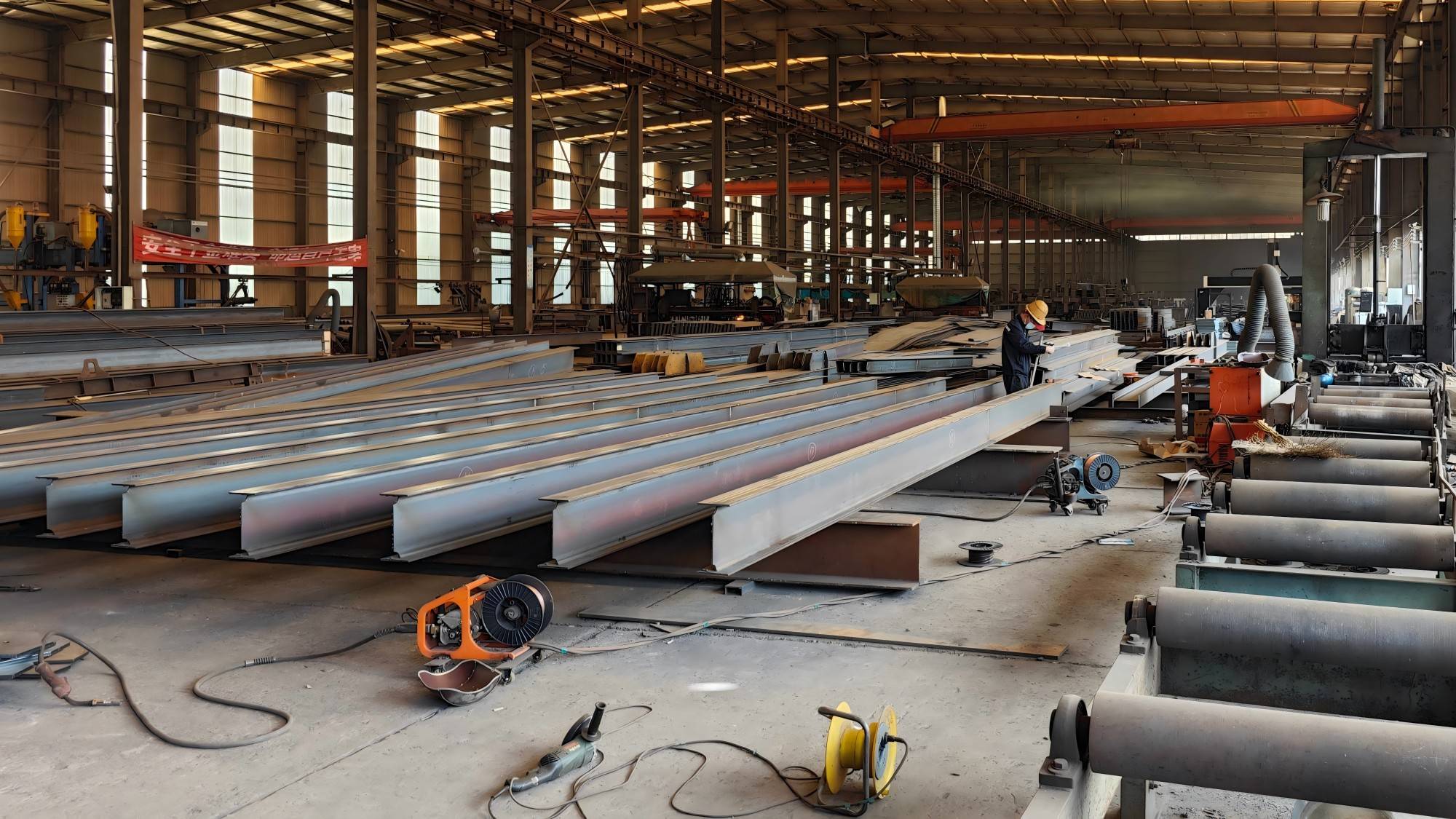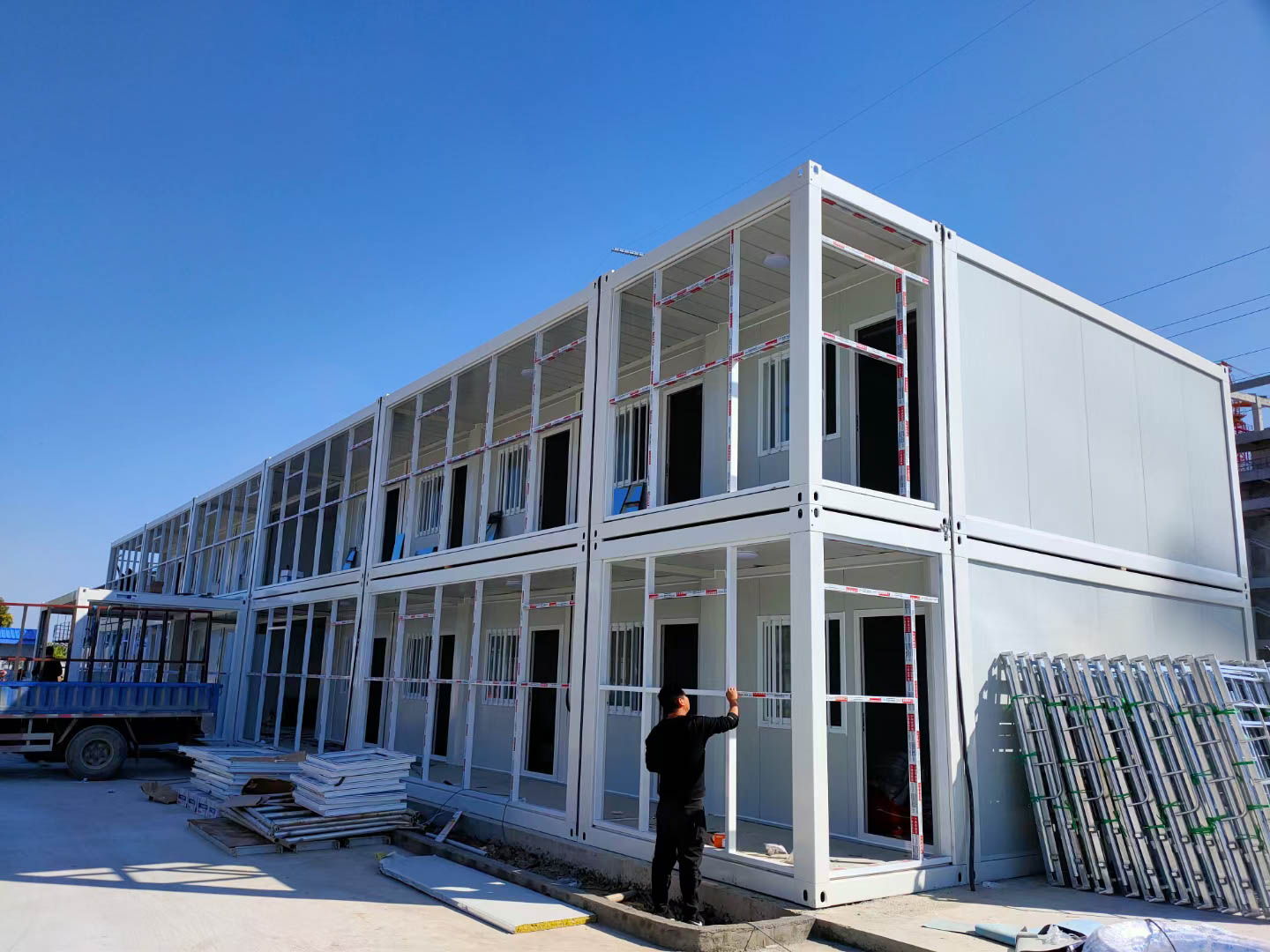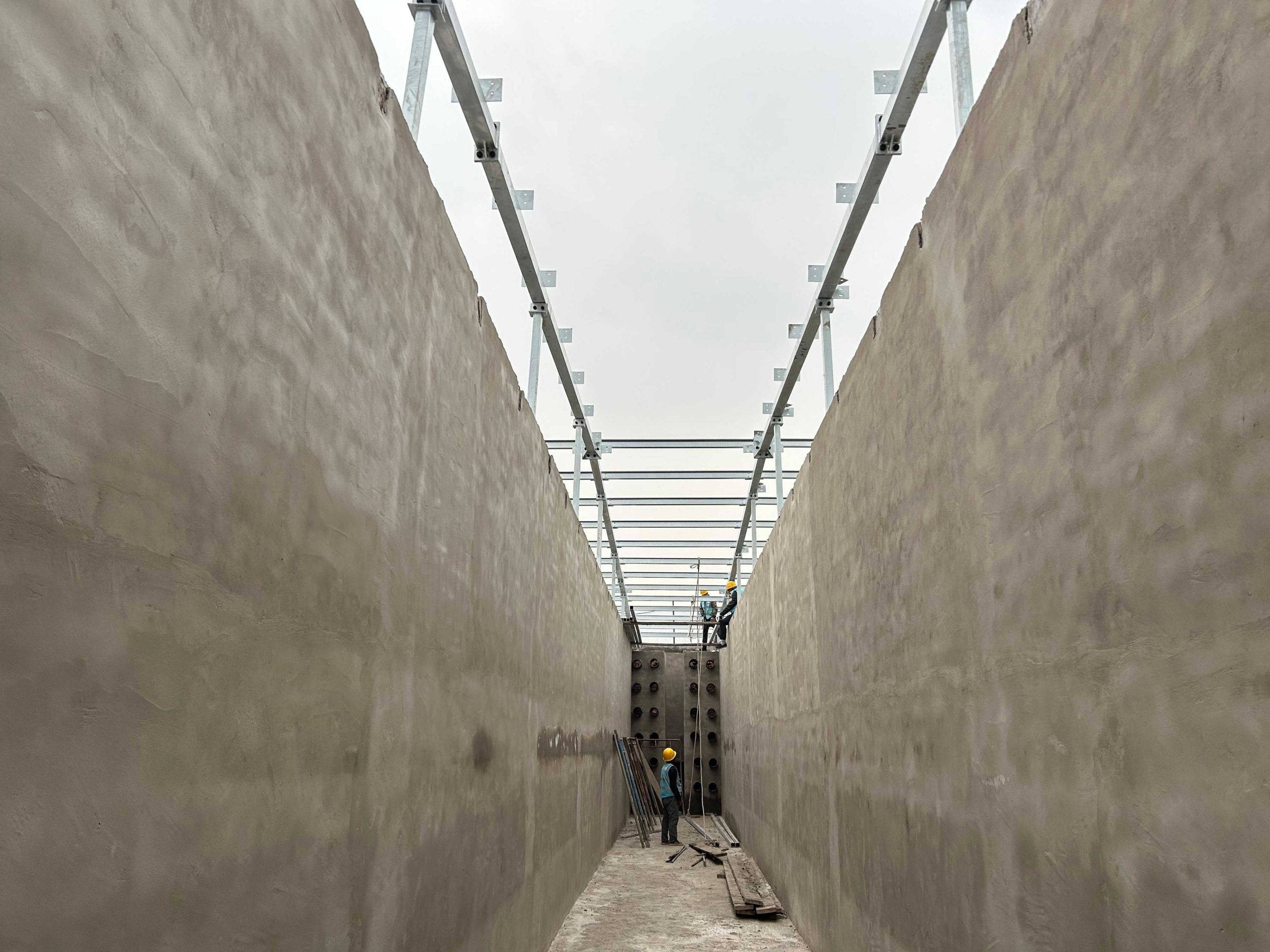
Warehouse construction is a critical aspect of modern supply chains, manufacturing, and distribution networks. Whether you’re planning to build a commercial, industrial, or private warehouse, understanding the types of construction, materials used, and structural options is essential for long-term efficiency, durability, and cost-effectiveness.
1. Types of Warehouse Construction
Industrial Warehouse Construction
Used for large-scale manufacturing, assembly, or heavy storage. These warehouses often require reinforced steel structures, high ceilings, and floor loading capacity.
Commercial Warehouse Construction
Focused on logistics, distribution centers, and retail inventory storage. Emphasizes access, flexibility, and automation compatibility.
Cold Storage Warehouse Construction
Designed with thermal insulation, refrigeration systems, and vapor barriers. Suitable for food storage, pharmaceuticals, and perishable goods.
Concrete Warehouse Construction
Popular for durability, fire resistance, and thermal mass. Often used in industrial or high-load environments.
Steel Warehouse Structure
Steel-framed warehouses are cost-effective, fast to build, and scalable. Prefabricated and modular designs are common in this category.
Custom Distribution Centre Construction
Tailored to specific logistics needs, including sortation systems, loading docks, and high-tech inventory systems.
Built-to-Suit Warehousing
Fully customised warehouses designed to meet tenant requirements, from layout to ceiling height to materials.
2. Warehouse Construction Methods
Pre-engineered Building (PEB)
Quick installation, cost-effective, ideal for repetitive modular layouts.

Tilt-Up Construction
Concrete panels are cast on-site and lifted into place. Suitable for large, single-story warehouses.

Modular Construction
Prefabricated modules assembled on-site. Great for scalability and remote locations.

Hybrid Construction
Combines steel, concrete, and prefabricated elements to maximise performance and cost savings.

3. Warehouse Building Materials
Steel
Common for framing, offering strength, flexibility, and short construction times.
Concrete
Used for foundations, walls, and sometimes roofs. Durable and fire-resistant.
Insulated Panels
Vital in cold storage warehouses. Improve energy efficiency and maintain climate control.
Warehouse Walls
May include masonry, metal panels, precast concrete, or composite systems, depending on function.
4. Warehouse Building Types by Function
- Distribution Centres: Large-scale, high-volume facilities for rapid goods movement.
- Private Warehouses: Owned by manufacturers or retailers for internal use.
- Public Warehouses: For-hire storage facilities serving multiple clients.
- Automated Warehouses: Equipped with robotics and WMS for high-efficiency operations.
- Hazardous Material Warehouses: Built with safety and containment in mind.
- Office Warehouses: Include administrative spaces alongside storage.
5. Warehouse Construction Cost Factors
- Size and Height
- Location and Land Preparation
- Material Selection
- Automation and Technology Requirements
- Regulatory Compliance and Permits
6. Choosing a Warehouse Construction Company
When selecting a construction partner, look for:
- Experience with specific warehouse types (cold storage, industrial, etc.)
- Integrated services: design-build, permits, materials sourcing
- Reputation, safety record, and completed projects
- Cost transparency and project timelines
7. Frequently Asked Questions (FAQ)
What is the best type of warehouse construction? It depends on your use case. Steel structures are versatile, while concrete is ideal for fire resistance and durability.
How long does it take to build a warehouse? Typically 3–12 months, depending on size, materials, and design complexity.
What are common warehouse sizes? Standard warehouses range from 5,000 to 100,000+ square feet.
What is a build-to-suit warehouse? A custom facility designed from scratch to fit the tenant’s exact operational needs.
How to construct a warehouse cost-effectively? Use prefabricated components, standardise layouts, and select experienced contractors.
8. Conclusion
Warehouse construction encompasses various types, materials, and strategies depending on your business model. Understanding the construction process, from materials to methods, allows you to make informed decisions that reduce costs and improve operational efficiency.


